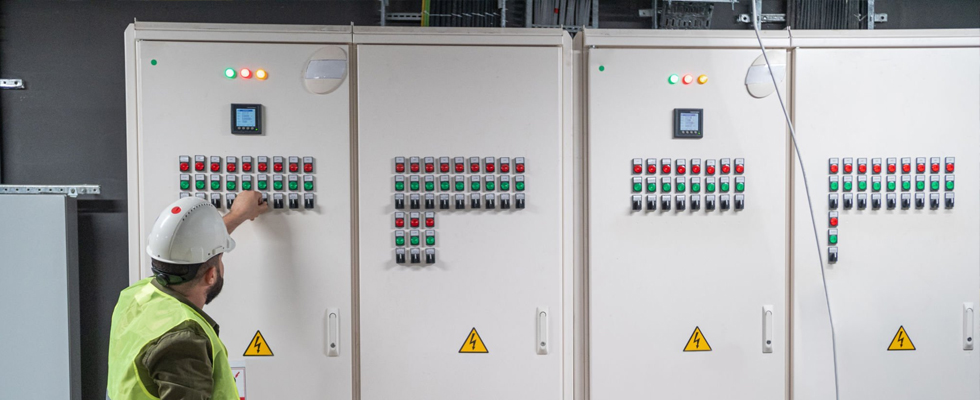
Primary injection testing is a comprehensive method used to evaluate the performance of solid-state units and electromechanical trip units. This type of relay injection testing involves injecting the required current directly into the system, assessing all sensors, wiring, and the current conduction path of the circuit breaker. Due to its complexity, primary injection testing must be conducted by specialists. It is particularly essential for circuit breakers that are part of critical processes or engineered safety systems, where reliability is paramount. This testing method is also commonly used during the commissioning process, often in conjunction with secondary injection testing.
One limitation of primary injection testing is its potential inability to detect sensor wiring and polarity issues unless all three phases of the breaker are tested simultaneously. Despite this drawback, primary injection testing remains a vital tool for ensuring the overall functionality and reliability of electrical systems.
Secondary injection testing is another crucial method in the realm of relay injection testing, specifically used during maintenance programs for solid-state trip units. Unlike primary injection testing, secondary injection testing does not work for electromechanical trip units. This method involves using a secondary injection test kit to simulate the three-phase currents that typically run through the trip unit, while the circuit breaker is closed and not carrying currents through its main poles.
One of the significant advantages of secondary injection testing is its ability to detect sensor wiring and polarity issues, which primary injection testing might miss. However, it only tests the unit’s logic and wiring, leaving other current-carrying components untested. Therefore, while secondary injection testing is suitable for general maintenance, it may not provide the comprehensive assessment required for more critical systems. It is often used in conjunction with primary injection testing to ensure thorough evaluation of circuit breaker performance throughout the year.
The primary difference between primary and secondary injection testing lies in their approach and scope. A primary injection test set injects a multiple of the fault-rated current of the breaker through the breaker, measuring the trip time. This method tests the breaker in a scenario as close to real-world conditions as possible. On the other hand, a secondary injection test kit injects a ratio of the fault-rated current directly into the trip unit, measuring how long it takes for the breaker to trip. This method focuses on testing the timing and function of the trip unit rather than the entire breaker system.
Both primary and secondary injection tests are essential for maintaining the safety and reliability of electrical systems. Relay injection testing ensures that trip units can operate correctly within the given time, preventing arc flashes and electrical fires that could damage equipment and endanger lives. By conducting these tests, you can ensure that your electrical devices perform optimally in the long run.
Secondary injection tests can be performed in various modes, depending on the desired accuracy and outcome. These modes include:
No Trip Mode: Tests the protective features of an electronic trip device without sending a trip signal to the breaker’s trip actuator. This mode can be performed while the breaker is energized and conveying load current, as it will not cause the breaker to open.
Trip Mode: Similar to the no-trip test, but includes signaling the breaker’s trip actuator, causing the circuit breaker to open. This mode is typically done when the circuit breaker is disconnected from the switchgear bus.
Self-Test Mode: Modern protective relays and solid-state trip units often feature integrated self-test functions that do not require a separate test kit. These self-tests are easier to perform and can be done more frequently but do not verify the performance of the circuit breaker sensors and associated current wiring.
In conclusion, both primary and secondary injection testing play crucial roles in ensuring the reliability and safety of electrical systems. By understanding their differences and applications, you can make informed decisions about maintaining and testing your electrical equipment. Using the proper substation test equipment, you can ensure that your trip units function correctly, thereby maintaining the overall safety and reliability of your electrical systems.